New England Needs California’s Clean Trucks Rules – Here’s Why.
Slashing polluting emissions from medium- and heavy-duty vehicles is a critical part of our climate fight.

Slashing polluting emissions from medium- and heavy-duty vehicles is a critical part of our climate fight.

“The Supreme Court’s new majority has hobbled EPA’s ability to reduce pollution from power plants, expanding an obscure doctrine into an all-purpose tool for the Court to stop agencies from acting on the most significant threats to human health and the environment,” said CLF President Bradley Campbell. “By arbitrarily limiting EPA’s explicit and broad authority under the Clean Air Act to require the use of less polluting systems, the Court has consigned millions of Americans to more illness, shorter lives, and greater poverty in an overheated climate, while giving itself nearly unlimited authority to invalidate protections and safeguards intended by Congress.”

“Strong vehicle emissions standards are critical to tackling the climate crisis given that transportation is the nation’s largest source of polluting emissions,” said CLF attorney James Crowley. “Toxic tailpipe pollution wreaks havoc on our health, air quality, and climate. It’s time we act. The Biden Administration made the right call in restoring California’s ability to set stricter standards, and we’re defending the rights for other states to follow suit”

“The ongoing turf war between these two state agencies is harming water quality in Vermont,” said Elena Mihaly, Vice President of CLF Vermont. “Farmers have made great progress reducing pollution from their properties, but that progress is being hindered by this irreparable bureaucratic conflict. The Agency of Natural Resources should be solely responsible for overseeing the Clean Water Act, and we’re asking the EPA to make sure that happens.”
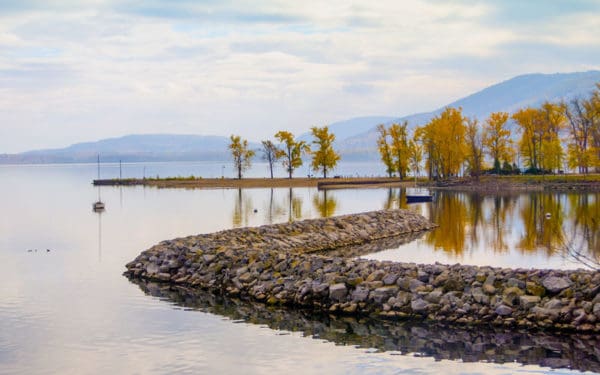
“Pollution from cars and trucks chokes our communities and worsens the climate crisis,” said CLF attorney James Crowley. “The science is clear: the only way to reach our climate goals is by drastically curbing transportation emissions, and fast. This new rule must be allowed to stand, and we look forward to helping defend it in court.”

Thousands of hazardous waste sites and chemical facilities across New England are unprepared for the impacts of climate change. The failure of regulators to require such preparation leaves the health of our communities and our environment in jeopardy.
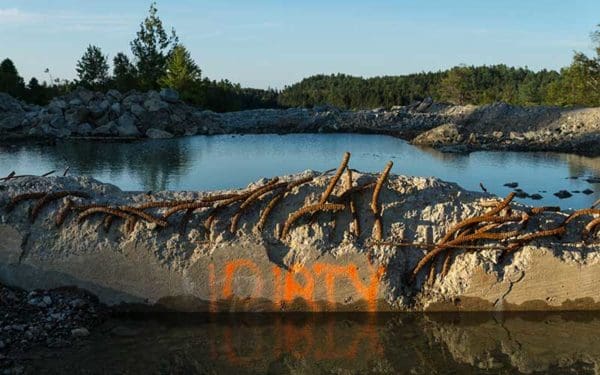
“The EPA’s new plan is a key, first step in the battle to protect communities from these dangerous chemicals,” said CLF President Bradley Campbell. “But PFAS-type compounds of varying names are still being created, used, and released into the environment. The government must go further to stop this assembly line of ‘forever chemicals’ and hold the manufacturers accountable for the widespread contamination of the nation’s air, land, and water.”
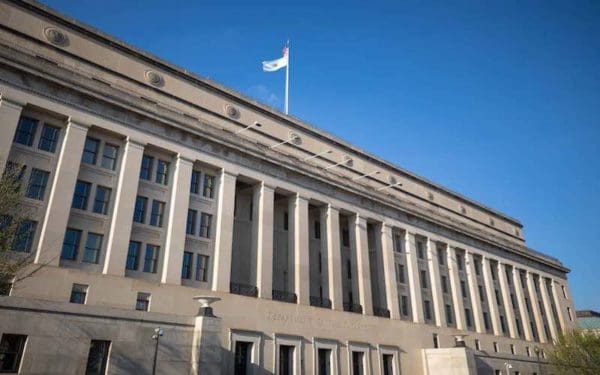
“The Merrimack Station coal plant is destroying the health of the Merrimack River and it’s time they’re held accountable,” said Greg Cunningham, Vice President and Director of CLF’s Clean Energy and Climate Change program. “The permit for this fossil fuel plant must do more to protect this iconic waterbody, and the appeals board clearly agrees. CLF will continue to work with the EPA to make sure the next iteration of this permit protects the wildlife that call the river home.”
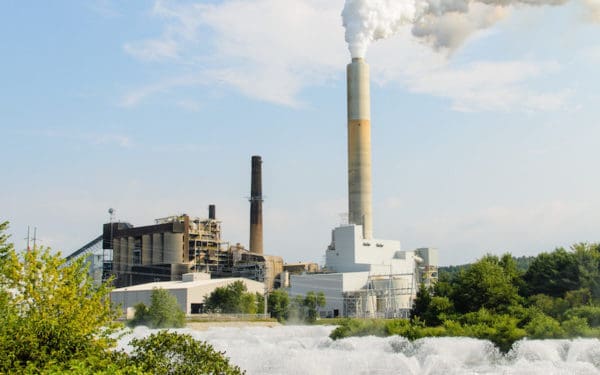
Neighbors of Eagle Hill in East Boston are opposing the construction of a new Eversource electrical substation. But the lack of accessibility for non-English speakers silenced many community members, shutting them out of a process that directly affects their lives and neighborhoods.
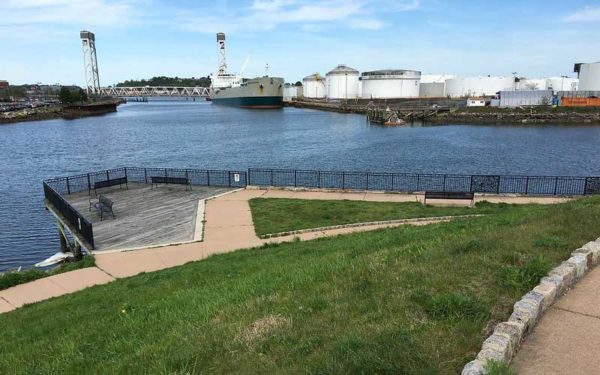
“Nitrogen pollution is a scourge on our Great Bay estuary, including the many bays and rivers that are part of it,” said Melissa Paly, Great Bay-Piscataqua Waterkeeper at CLF. “This agreement gives the communities surrounding Great Bay flexibility in how they will reduce this harmful pollution, but also accountability to ensure real progress. We’re looking forward to working together with these communities to advance innovative solutions to combat this problem and create healthier waterways for everyone.”
